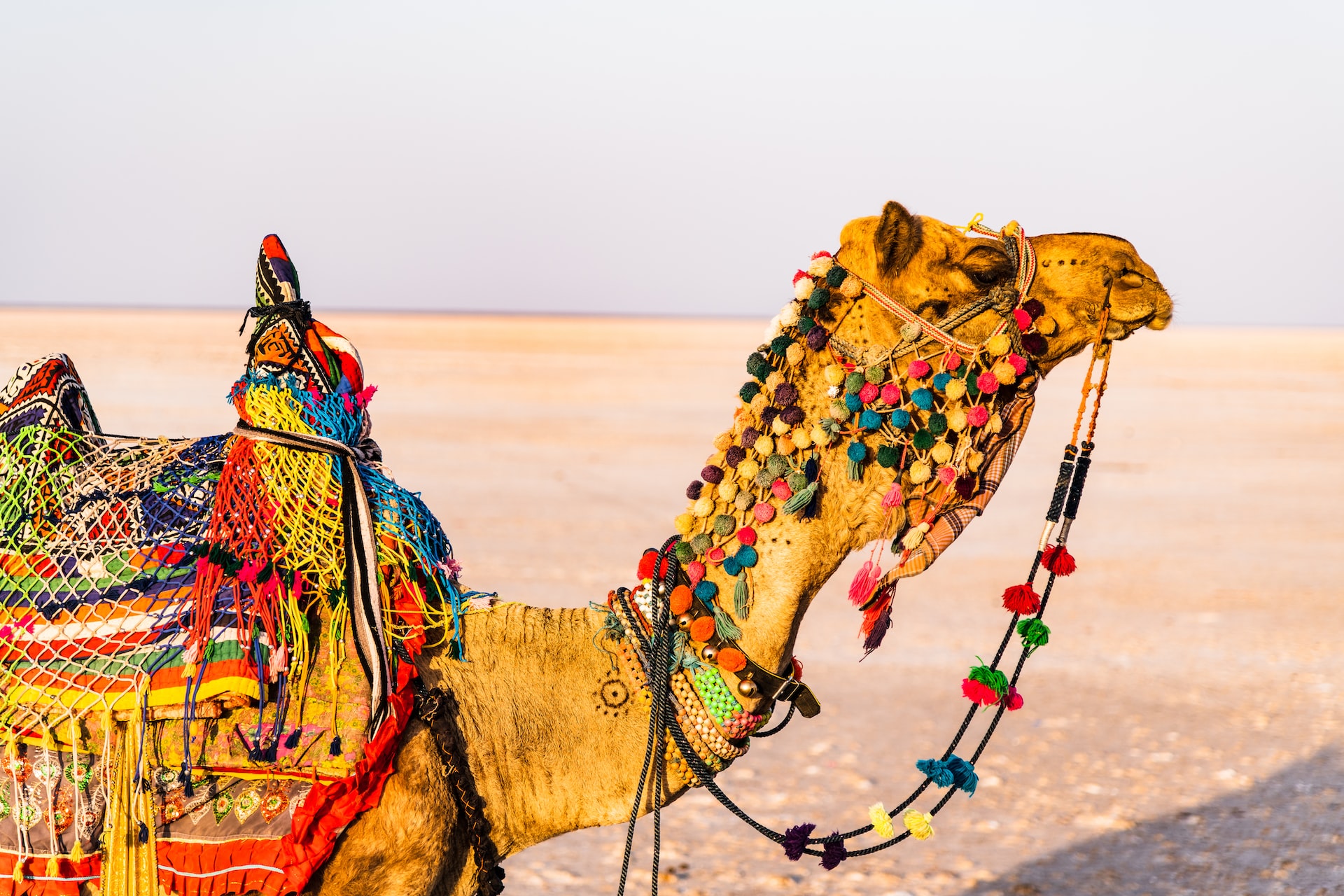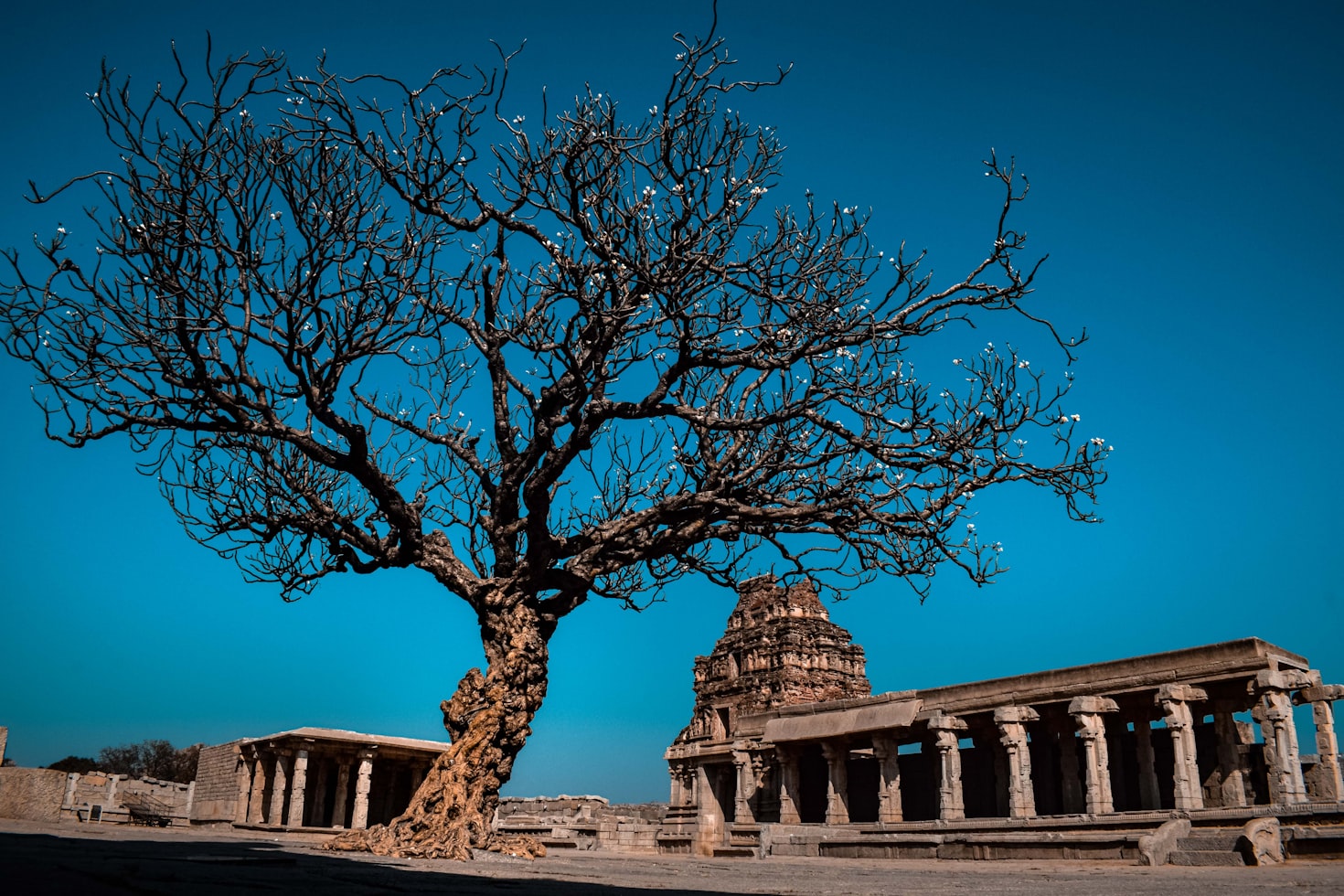20 Amazing Facts About India

India, the land of diversity and cultural richness is a country that never ceases to amaze the world. From its ancient history and colorful traditions to its bustling cities and stunning landscapes, India is a country that has something to offer everyone. With its large population and diverse geography, India is a country of contrasts, where the modern and the traditional coexist in harmony.
In this article, we will explore 20 amazing facts about India, covering its history, culture, geography, and more.
Ancient Civilization
India’s ancient civilization, the Indus Valley Civilization, was one of the most advanced and sophisticated in the world. The civilization was located in the northwestern region of the Indian subcontinent and is known for its impressive urban planning, art, and craftsmanship. The people of the Indus Valley Civilization had a writing system, which is still being deciphered by experts today. India’s ancient civilization has had a lasting impact on the country’s culture and traditions.
Yoga and Meditation
India is the birthplace of yoga, a practice that has gained global popularity for its numerous health benefits. Yoga combines physical postures, breathing techniques, and meditation to promote overall well-being. Meditation, which originated in ancient India, is also widely practiced throughout the country and has been shown to reduce stress, improve concentration, and increase happiness.
Multilingual Nation
India is a multilingual country, with over 19,500 languages and dialects spoken across its various regions. The official languages of India are Hindi and English, but there are many other languages spoken throughout the country, including Bengali, Telugu, Marathi, and Tamil. The diversity of languages in India reflects the country’s rich history and cultural heritage.
World’s Largest Democracy
India is the world’s largest democracy, with over 1.3 billion people eligible to vote in national and state elections. India’s democratic system is based on the principle of universal suffrage, and the country holds regular free, and fair elections. India’s democracy has been a model for other developing countries around the world.
Varied Geography
India is a vast country with varied geography, including the snow-capped Himalayan mountains in the north, the Thar desert in the west, and the lush tropical forests of the south. The country is also home to numerous rivers, including the Ganges, which is considered sacred by many Hindus. The varied geography of India has given rise to diverse cultures and traditions across the country.
Diverse Wildlife
India is home to a diverse array of wildlife, including tigers, elephants, rhinoceroses, and many species of birds. The country’s national parks and wildlife reserves, such as the Ranthambore National Park and the Kaziranga National Park, are popular tourist destinations and offer visitors the opportunity to see some of India’s incredible wildlife up close.
Spices and Cuisine
India is famous for its spices and cuisine, which are known for their bold flavors and distinctive aromas. Some of India’s most popular dishes include butter chicken, biryani, and masala chai. The country’s culinary traditions are deeply rooted in its history and are influenced by its diverse geography and cultural heritage.
Bollywood Film Industry
India’s Bollywood film industry is one of the largest and most influential in the world, producing over 1,000 films every year. Bollywood movies are known for their elaborate song and dance sequences and colorful costumes. The industry has produced many famous actors and actresses, such as Shah Rukh Khan and Priyanka Chopra, who have gained international fame.
Ancient Temples

India is home to some of the world’s most ancient and impressive temples, such as the Kailasa Temple and the Brihadeeswara Temple. These temples are renowned for their stunning architecture, intricate carvings, and spiritual significance. India’s temples attract millions of visitors every year and are an important part of the country’s cultural heritage.
Incredible Monuments
India is home to many incredible monuments, such as the Taj Mahal, the Red Fort, and the Qutub Minar. These monuments are renowned for their stunning architecture and historical significance. The Taj Mahal, in particular, is considered one of the Seven Wonders of the World and is a symbol of India’s rich cultural heritage.
Famous Festivals
India is known for its many colorful and vibrant festivals, such as Diwali, Holi, and Durga Puja. These festivals are celebrated with great enthusiasm and are an important part of the country’s cultural identity. During these festivals, people come together to exchange sweets and gifts, light fireworks and participate in traditional dances and music.
Traditional Clothing
India is known for its diverse and colorful traditional clothing, such as the saree, salwar kameez, and dhoti. These garments are often made from luxurious fabrics, such as silk and cotton, and are adorned with intricate embroidery and embellishments. Traditional clothing is an important part of India’s cultural identity and is often worn during festivals and special occasions.
Rich Literature
India has a rich literary tradition that dates back thousands of years. The country is home to many famous poets, writers, and philosophers, such as Rabindranath Tagore, Kalidasa, and Chanakya. India’s literature is diverse and encompasses many genres, including poetry, drama, and fiction.
World’s Largest Producer of Milk
India is the world’s largest producer of milk, with an annual production of over 180 million metric tons. The country’s dairy industry is an important part of its economy and provides employment to millions of people. Milk is an essential part of Indian cuisine and is used to make many traditional dishes, such as paneer and lassi.
Cricket Craze
Cricket is a national obsession in India, and the country’s national team is one of the best in the world. Cricket is played at both the amateur and professional levels and is watched by millions of people across the country. India’s love for cricket has given rise to many famous players, such as Sachin Tendulkar and Virat Kohli.
Rapidly Growing Economy
India’s economy is one of the fastest-growing in the world, with an average annual growth rate of 7.5%. The country’s economy is diversified and includes industries such as manufacturing, agriculture, and services. India is also home to many innovative startups and has a growing middle class, which is driving consumer spending.
Largest Railway Network
India has the world’s largest railway network, with over 67,000 kilometers of track and 8,000 stations. The railway system is an important part of India’s transportation infrastructure and provides affordable transportation to millions of people every day. The Indian Railways is also one of the largest employers in the country, with over 1.3 million employees.
Thriving Technology Industry
India is home to a thriving technology industry, which includes companies such as Tata Consultancy Services, Infosys, and Wipro. The country’s skilled workforce and low labor costs have made it an attractive destination for outsourcing and software development. India’s technology industry is driving innovation and growth across the country.
Space Program
India has a well-developed space program, which includes the Indian Space Research Organization (ISRO). The country has launched many successful space missions, such as the Chandrayaan and Mangalyaan missions to the moon and Mars, respectively. India’s space program is an important part of its scientific and technological development.
Vibrant Arts and Crafts
India is known for its vibrant arts and crafts, which include pottery, weaving, embroidery, painting, and sculpture. Each region of the country has its unique artistic style and techniques, which are passed down from generation to generation. Indian arts and crafts reflect the country’s rich cultural heritage and diversity, with many items featuring intricate designs and patterns.
Each region of India has its unique artistic style, such as the Madhubani paintings of Bihar or the Warli art of Maharashtra. Indian arts and crafts often use traditional techniques that have been passed down for centuries, such as block printing, tie-dyeing, and embroidery. Many Indian crafts are made using natural materials such as wood, clay, and textiles, which are often locally sourced and sustainable.
Indian arts and crafts are often handmade, with artisans using their skills and creativity to create unique and beautiful items. Indian arts and crafts have a cultural significance, with many items being used in religious ceremonies and festivals. While traditional arts and crafts are still popular, many Indian artisans are adapting their techniques to create contemporary items that appeal to modern tastes. Indian arts and crafts are popular in the international market, with many items being exported to countries around the world.
Conclusion
India is a country that is truly unique, with a rich history, diverse culture, and breathtaking landscapes. From its ancient civilization to its modern-day achievements, India continues to captivate the world with its incredible achievements and inspiring people. Whether it’s the cuisine, festivals, monuments, or space program, India offers a wealth of amazing facts and experiences that make it a truly special place.





